Human Brain
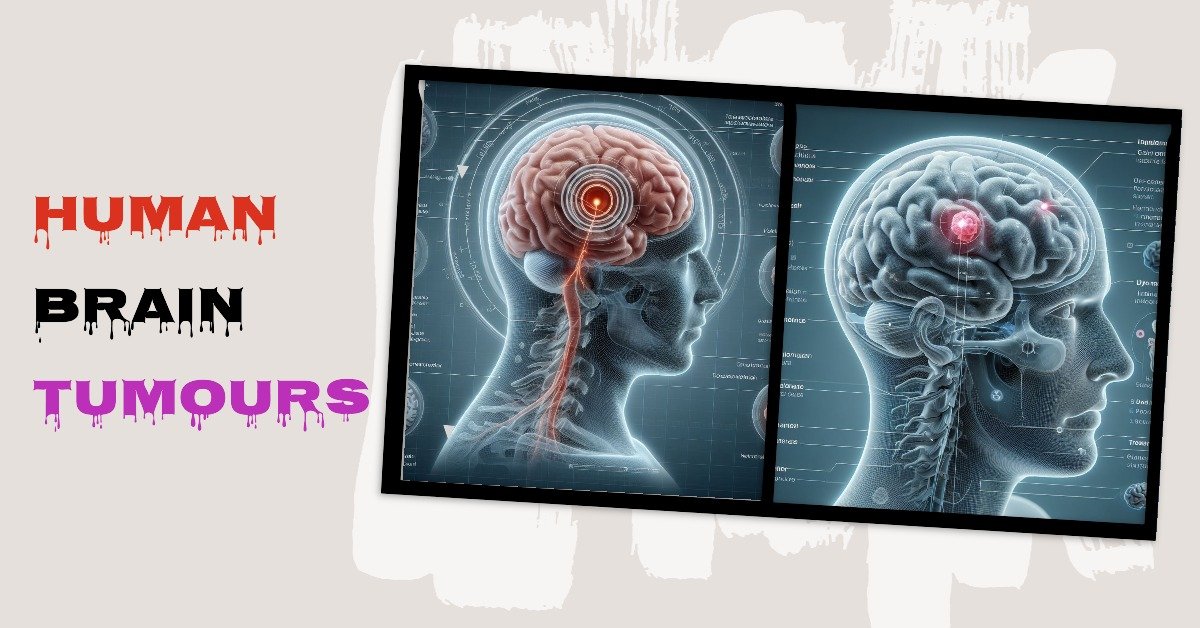
Human Brain Tumours: Symptoms, Diagnostic Steps,Treatment Options and Support
Introduction to Brain Tumors Receiving any cancer diagnosis feels overwhelming, but a brain tumor presents exceptional physical and emotional challenges ...
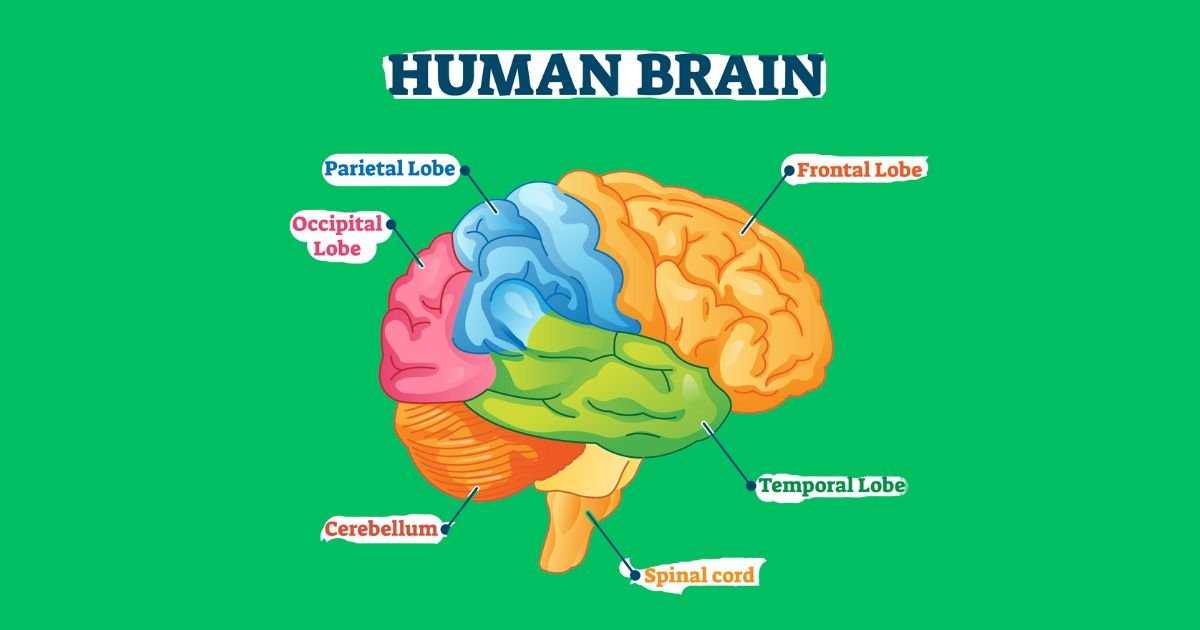
Parts of Human Brain
Introduction The human brain is one of the most remarkably Parts of Human Brain complex biological structures known to science. ...
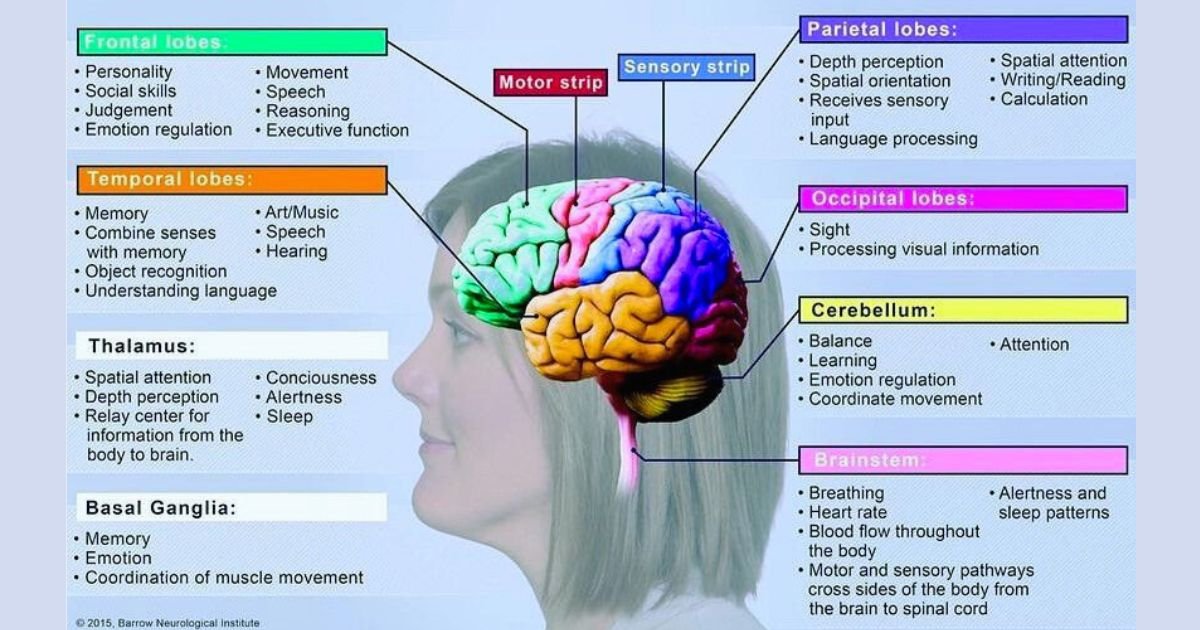
Structure of Human Brain and Function
Introduction The human brain is the command center of the body, controlling our thoughts, movements, emotions, behaviors, and memories. One ...
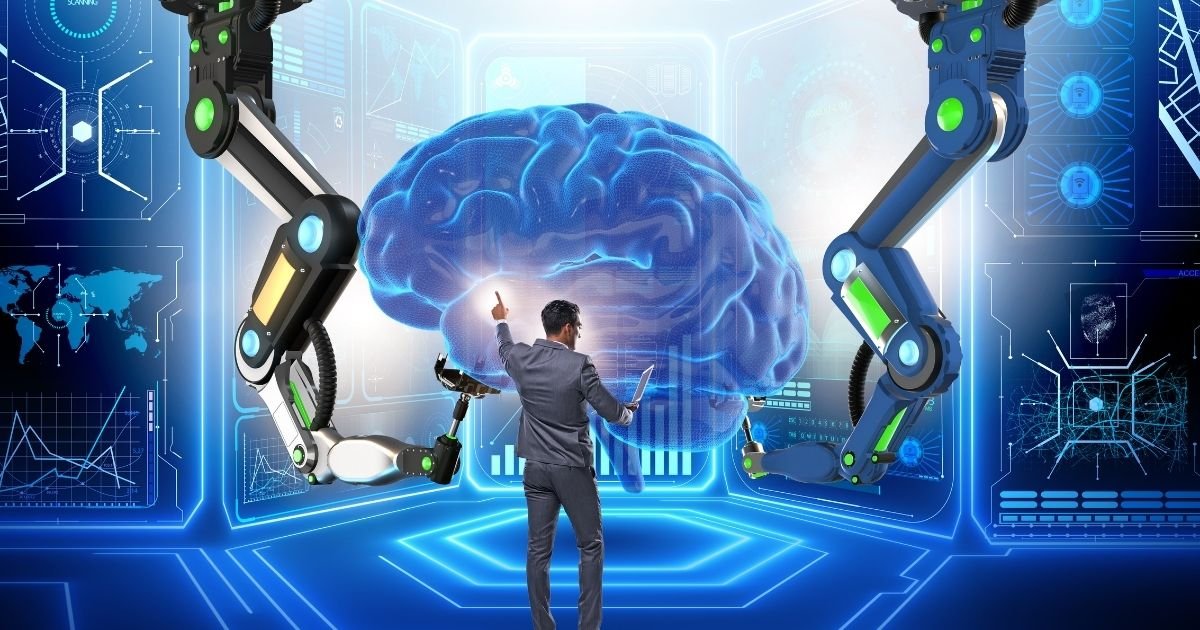
Effects on the Brain Coronavirus Neurology Health
The COVID-19 pandemic has revealed that, beyond causing respiratory illness, the SARS-CoV-2 virus can also affect the brain and nervous ...

Parkinson’s Disease
Introduction Parkinson disease is a neurodegenerative disorder that results in involuntry and uncontrolled movements i.e shaking, stiffness, and issues with ...
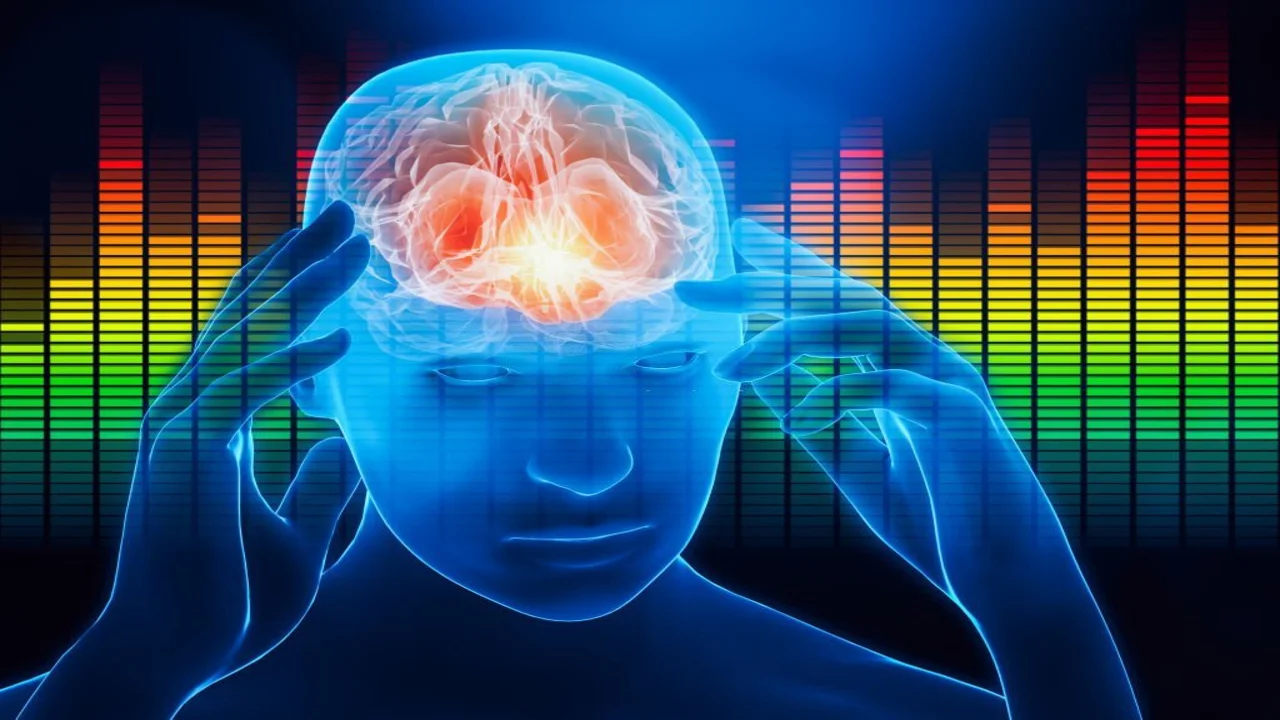
Brain Neuroscience
Brain neuroscience is a field that focuses on the structure and function of the brain and nervous system. It is ...
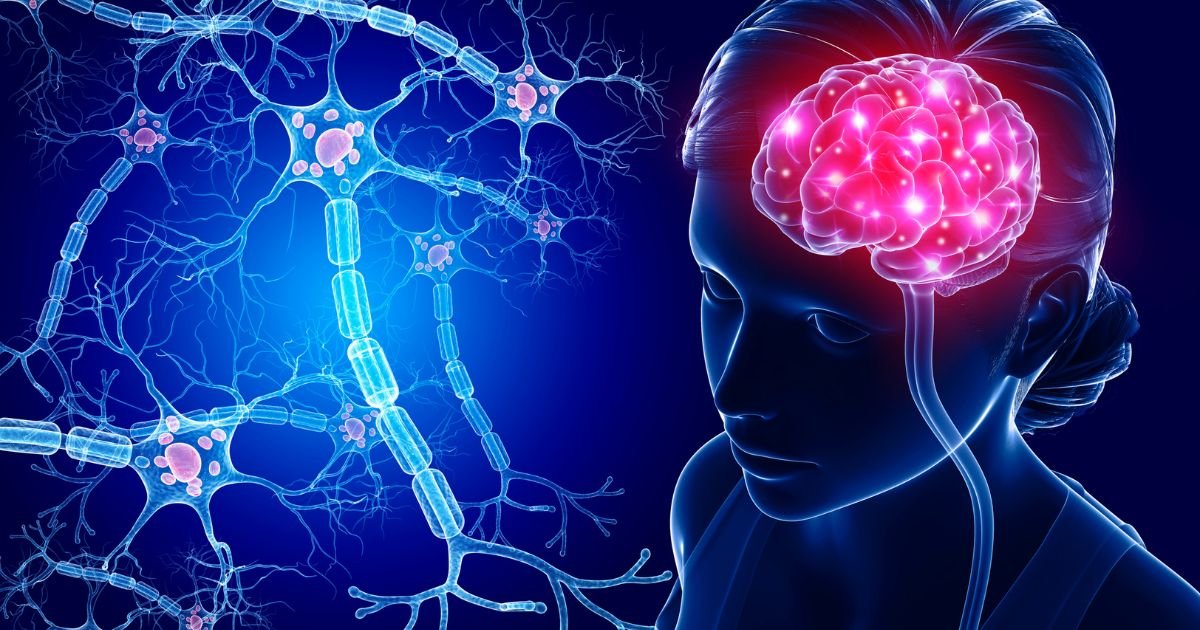
Human Brain Structure
Human Brain Real Human Brain is a physical thing, defined as a structure that contains billions of cells and weighs ...





